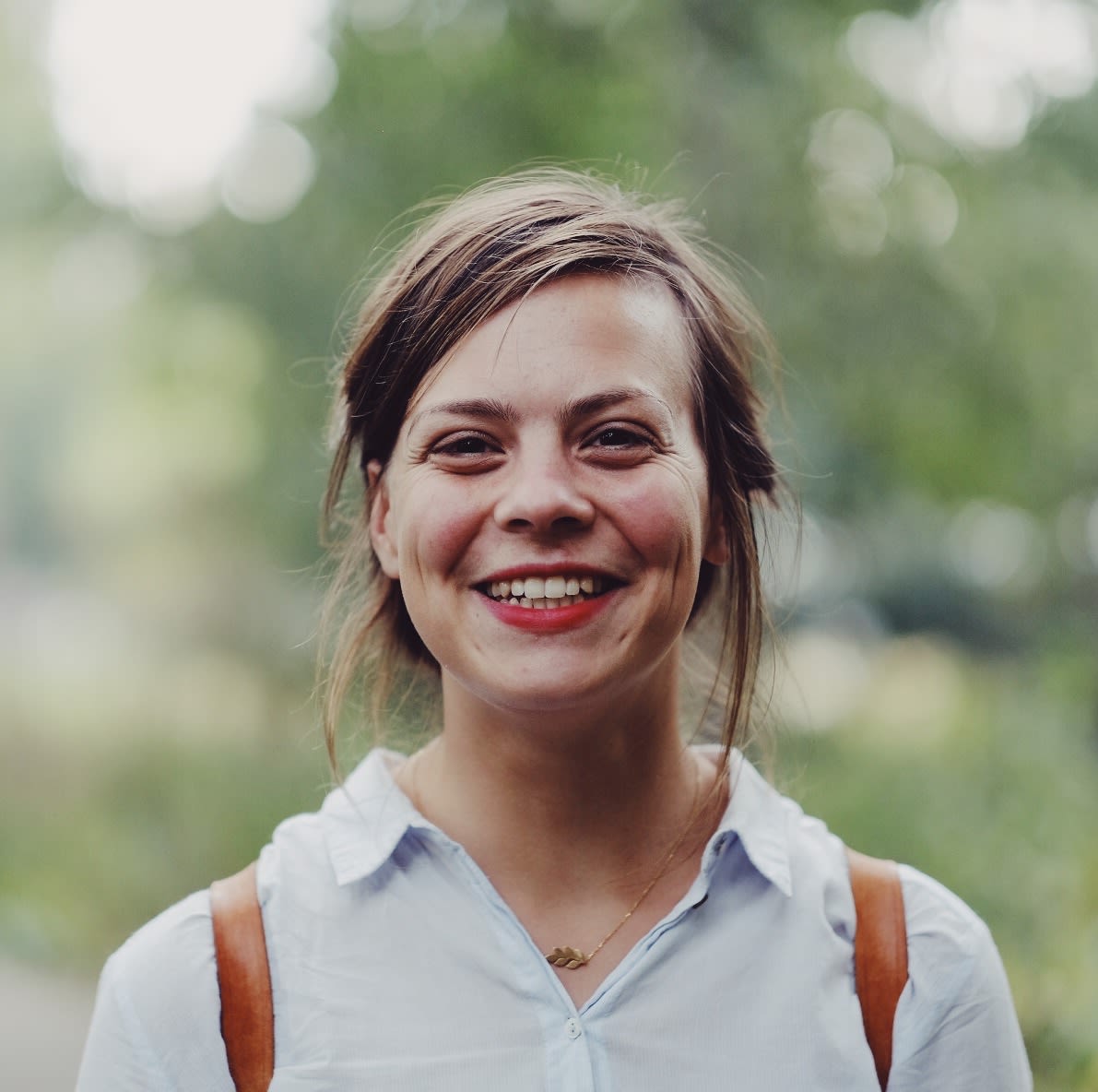The smart city
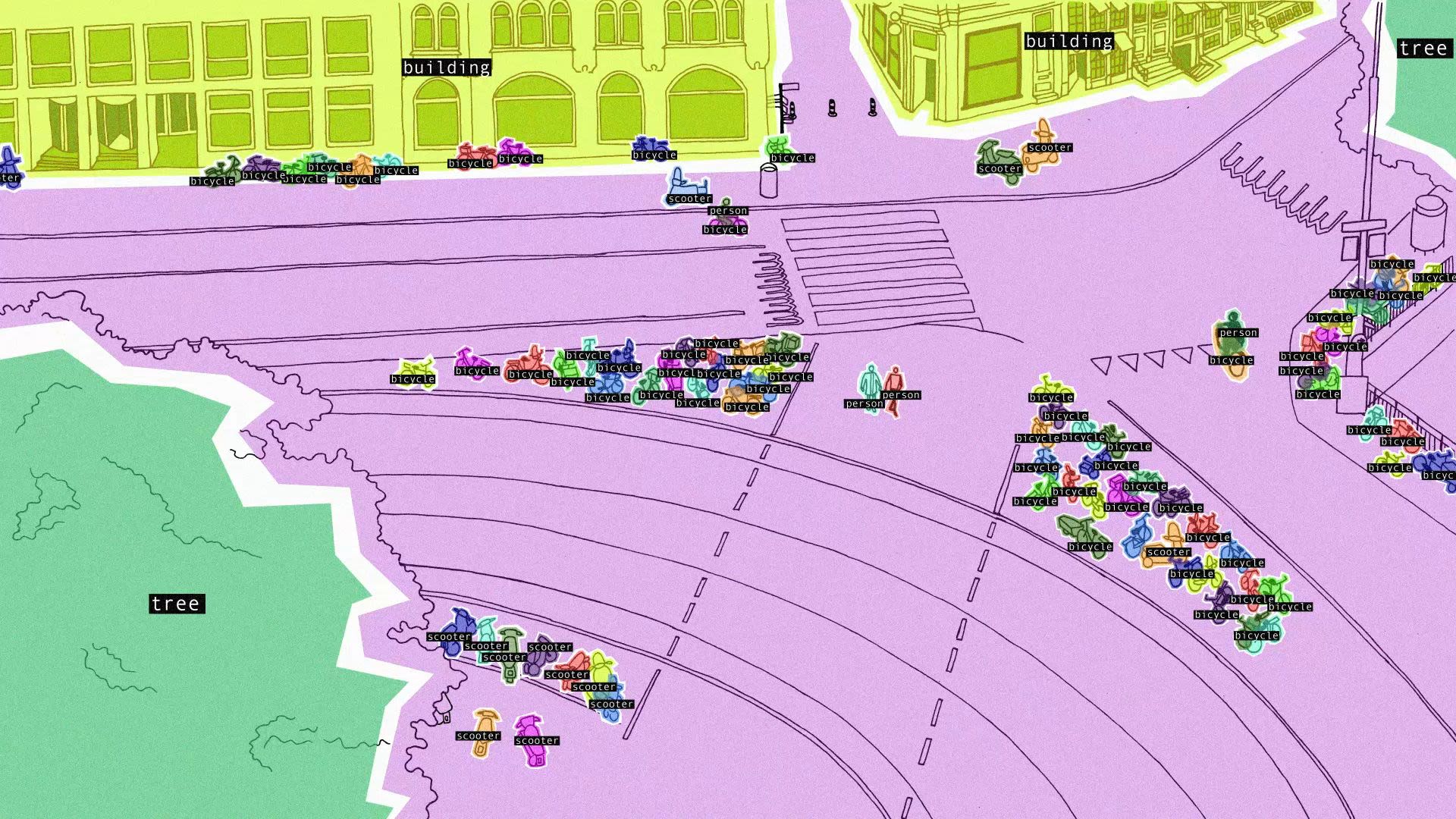
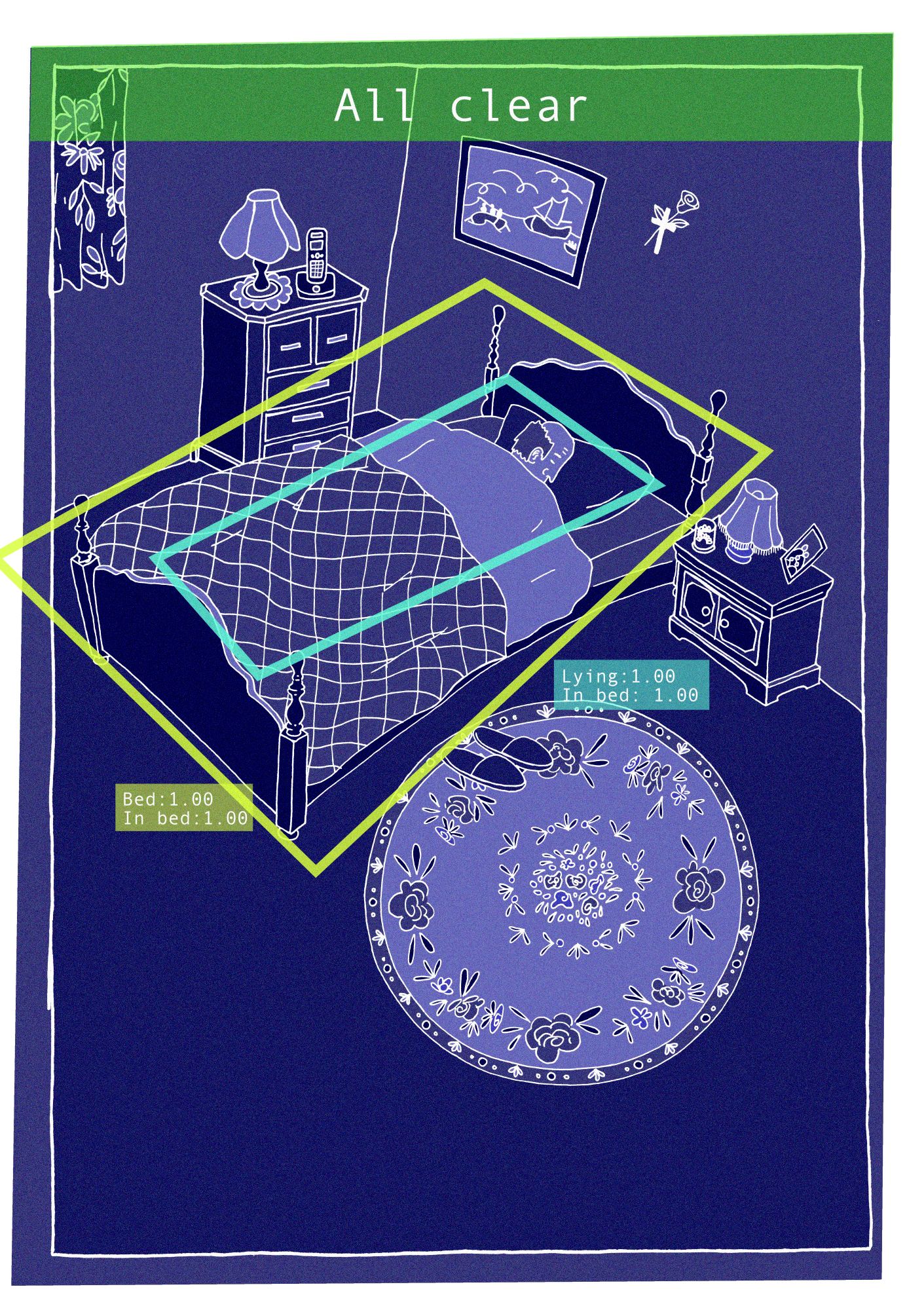
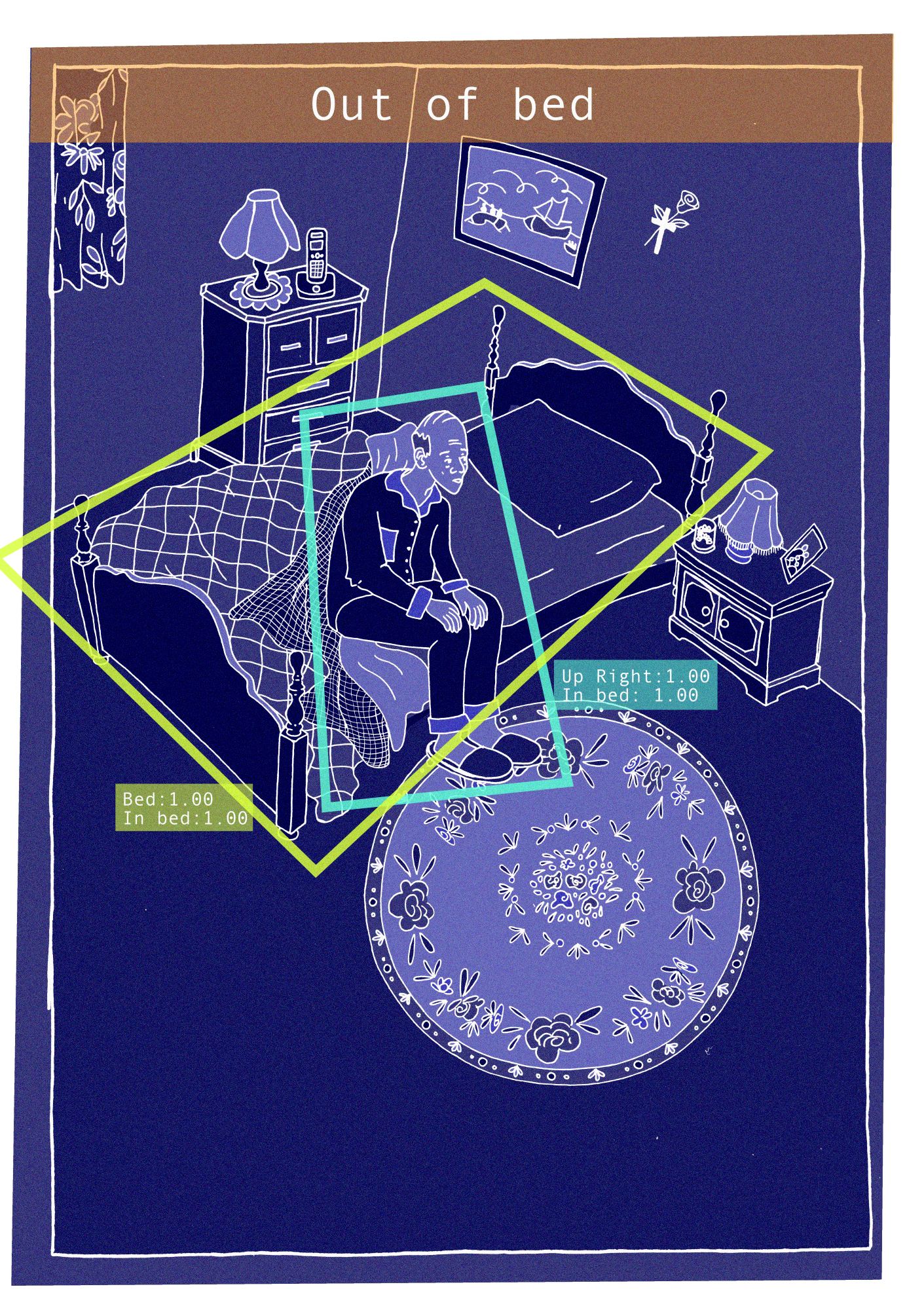
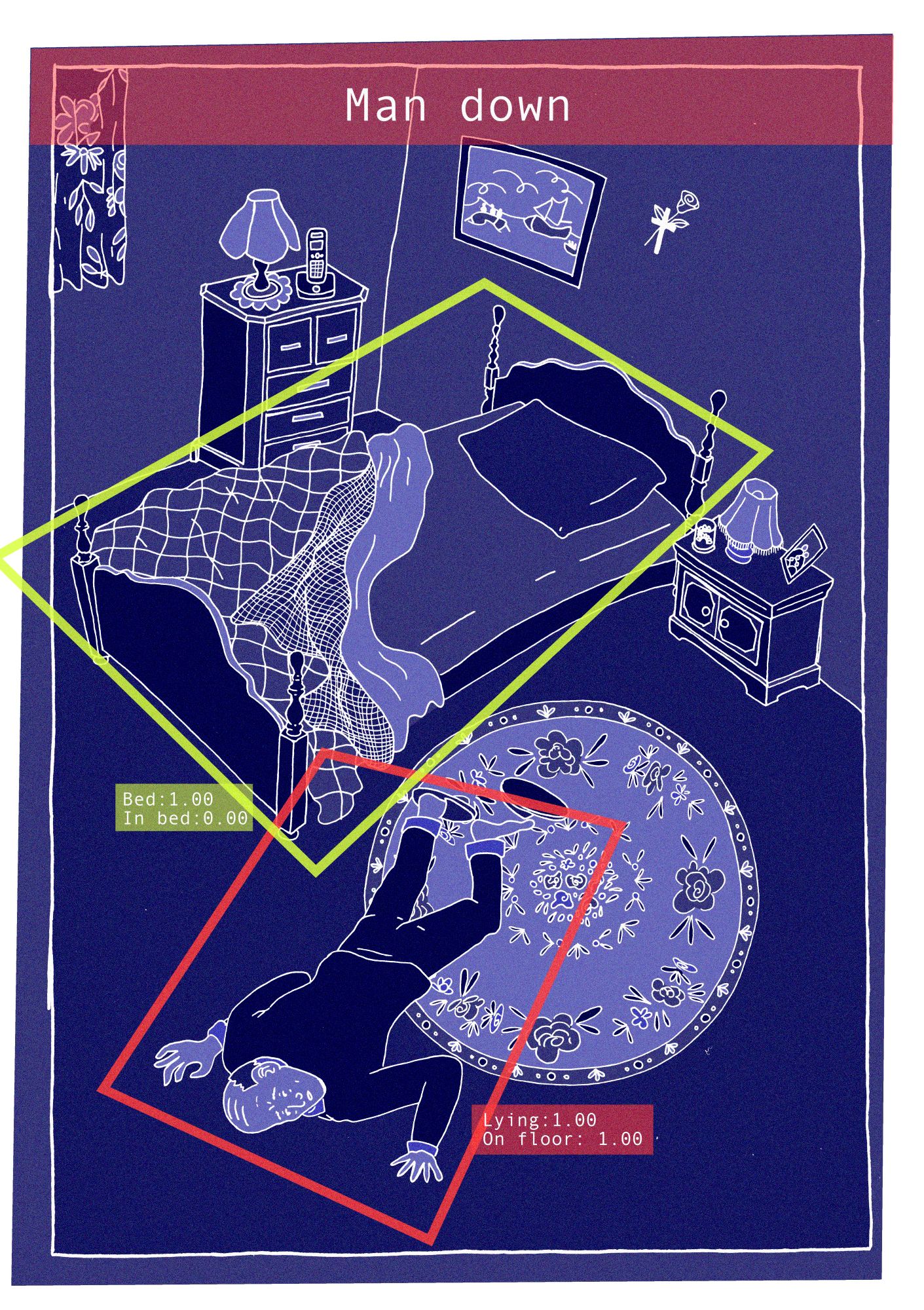
Cities are becoming smarter.
Their inhabitants and visitors are walking data points that provide large amounts of information. Governments and other parties are learning about who we are, where we go and what we like to do. UvA researchers are examining the massive potential, pitfalls and impact of all this knowledge on a society whose members are connected to each other non-stop.
A camera in the bedroom
A nursing home for people with dementia in Amsterdam is equipped with smart cameras. If a patient falls, the camera will alert a care staff member with a text message. The camera can also learn who belongs in which room, so that the door will only open for that patient. ‘It’s an innovation that clearly shows the potential of a smart city and what is already possible,’ says Cees Snoek, professor of Intelligent Sensory Information Systems and head of Research and Development of UvA spin-off Kepler Vision, who installed the cameras for the development of their Night Nurse sensor technology.
‘Patients stay down for a demonstrably shorter amount of time and the number of false alarms has been reduced by 99% compared to old sensors.’
Big Brother
‘However, it’s also an innovation that exposes dilemmas,’ Snoek explains. To record when someone falls, the camera must be on 24/7, including in the bedroom and bathroom. ‘That creates a Big Brother feeling with legitimate questions about privacy and security.' ''
'But a truly smart camera actually offers the residents more privacy. The current “dumb” cameras are monitored by human eyes; that is a Big Brother scenario. A smart camera can be programmed to only issue an alert in the event of a specific action. The camera is still watching the rest of the time, but it doesn’t actually see anything. A resident could hypothetically be robbed without the camera taking any action, if it’s solely aimed at recording someone who falls.’
Scaling up
‘What is being done in the nursing home could soon be implemented on a large scale,’ Snoek says. Cameras are already opening gates for the right licence plates, sensors report disturbances to enforcement officers, and combined sources like GPS and debit card usage tell us how busy it is in different places in the city. There is great potential for cameras with smart technology in the city.
Complicated
‘In theory, cameras can learn to recognise suspicious behaviour and people in public spaces, analyse images from keyhole surgery and advise surgeons. In all kinds of sectors where there is a risk of staff shortages, cameras can help with basic support tasks. We’re not there yet, though. Cameras can see a record a lot, but the goal is to teach them to understand what is happening in the image. And the more that’s happening, the more complicated this gets.’
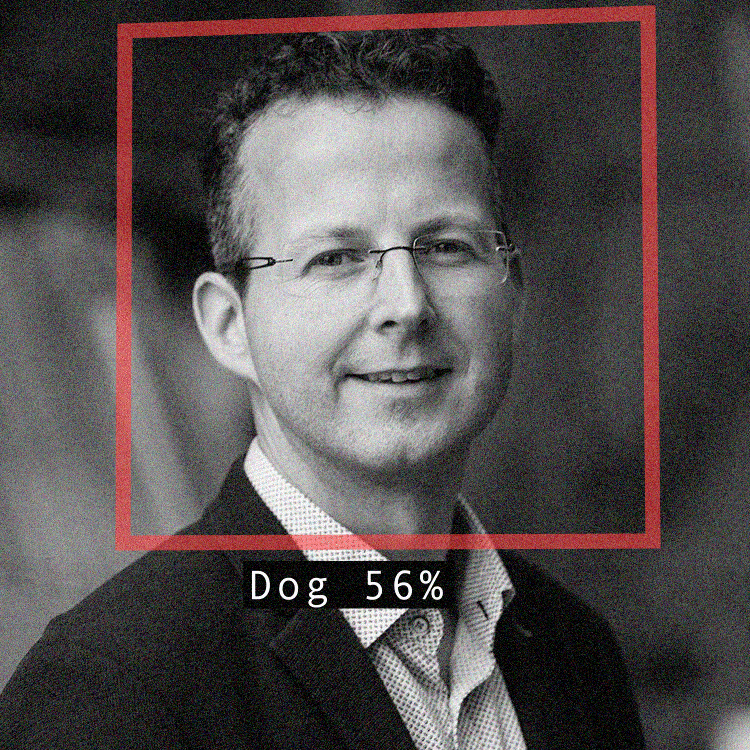
Who is Cees Snoek?
Cees Snoek is professor of Intelligent Sensory Information Systems at the Faculty of Science, founder of the Video and Sense Lab at the UvA, co-founder of the Innovation Center for Artificial Intelligence and Head of Research and Development of UvA spin-off Kepler Vision and Scientific Director Amsterdam AI.
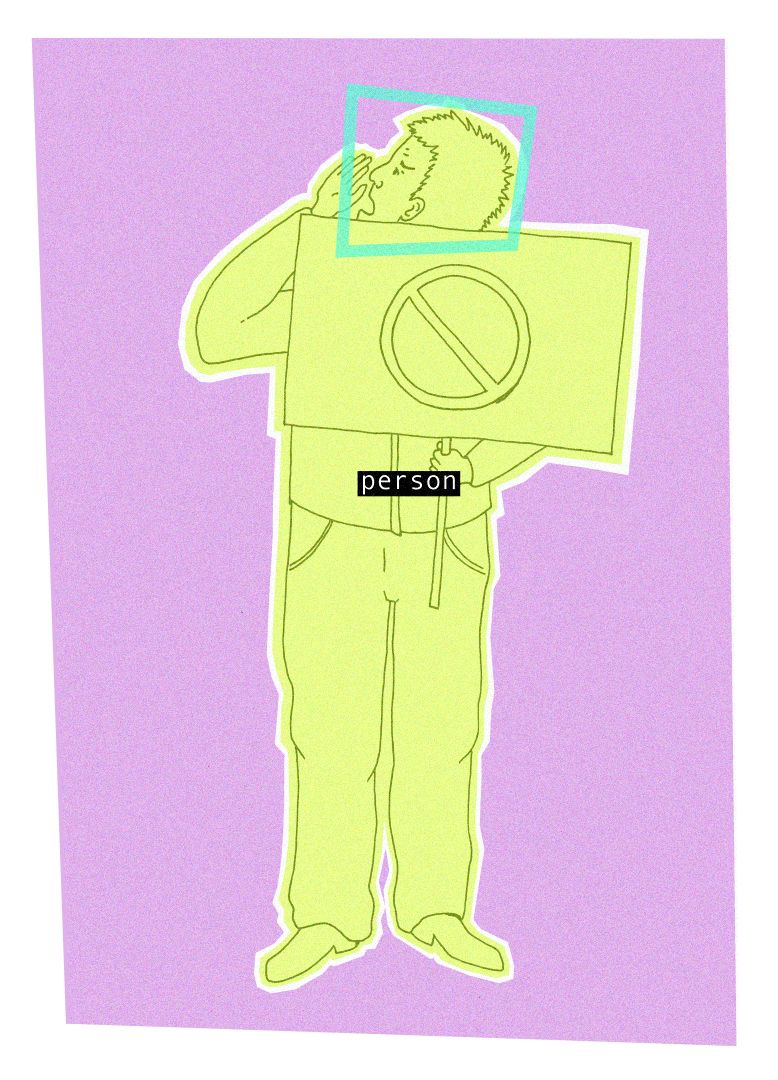
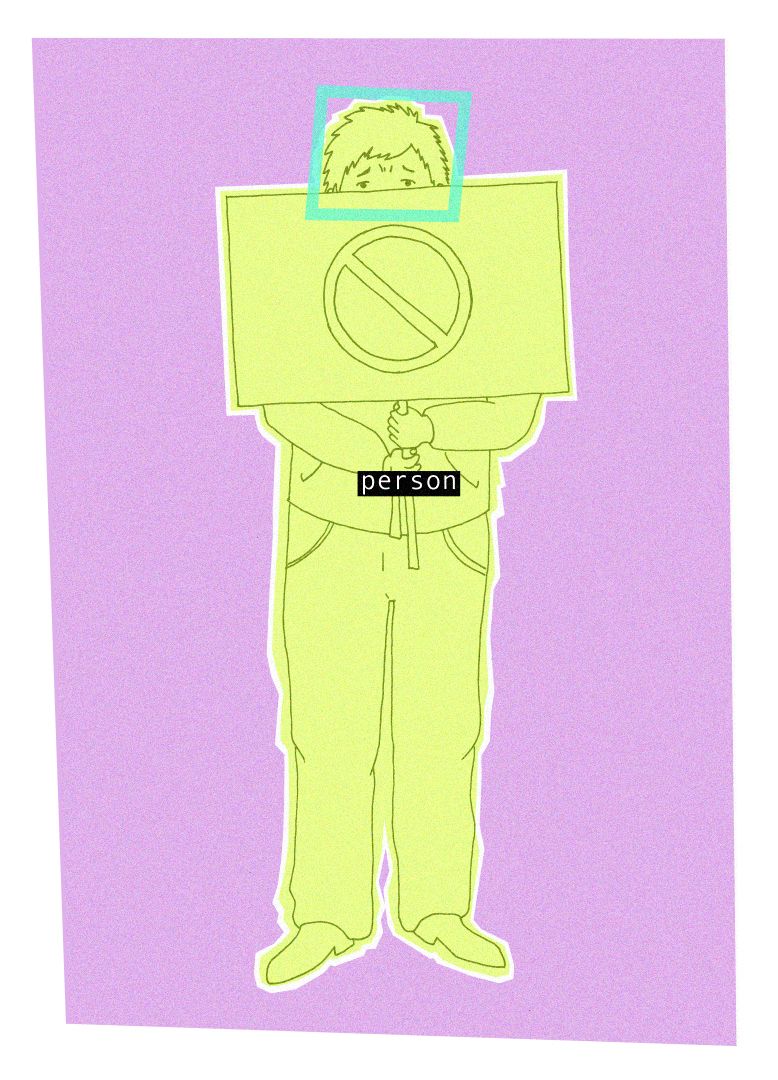
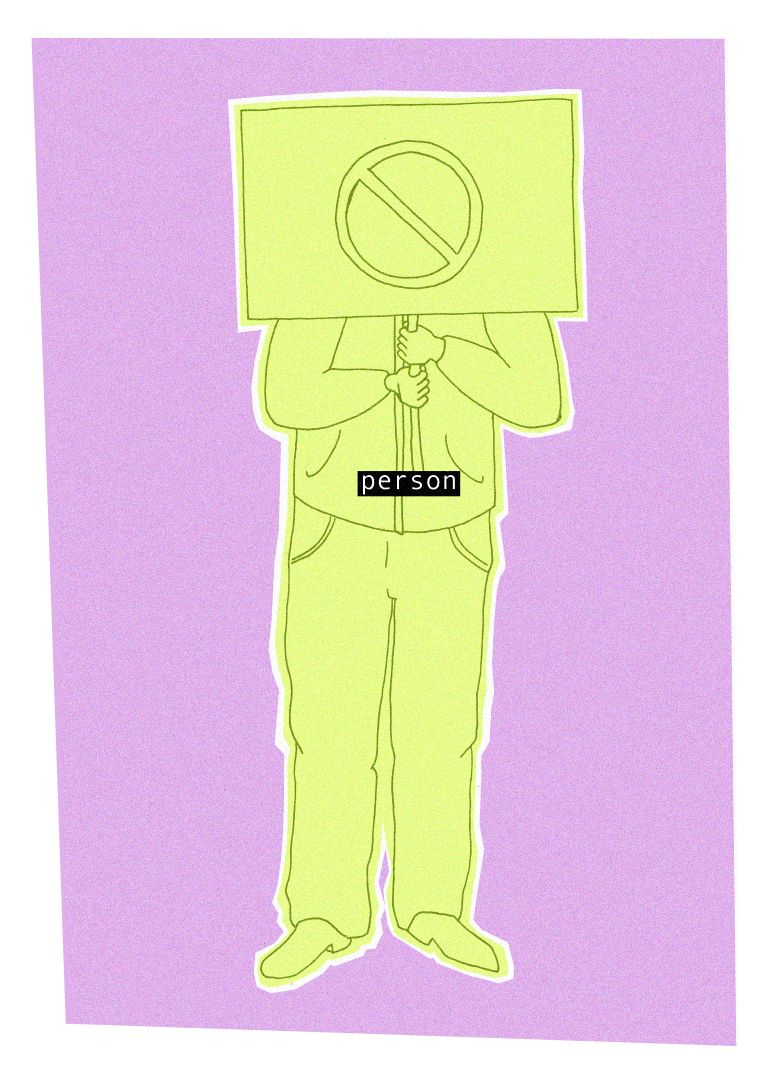
The ‘chilling’ effect on fundamental rights
Every development in the smart city is a potential topic of discussion. One of the most interesting is the impact of technology on human behaviour. ‘If you know that everything is being filmed, does your behaviour change? I can imagine that you might decide not to join a somewhat controversial demonstration on Dam Square,’ says Heleen Janssen, a researcher affiliated with the Institute for Information Law at UvA. ‘Then freedom of expression is at stake. Fundamental rights apply to public spaces; you don’t have to arm yourself for that as a citizen. But there could be a “chilling effect” on the way citizens exercise those rights.’
Control over the public sphere
According to Janssen, it will be exciting to see who maintains (digital) control over the public sphere in the years ahead: ‘If commercial parties colonise that space, then the municipality – which is responsible for managing it – will lose control.'
‘We’re already seeing that now. Google Maps and AirBnB have large amounts of data about cities and use this to make decisions that impact public spaces. Maps directs heavy lorry traffic along the most commercially attractive route, not the one that is most sustainable or that the municipality would choose. AirBnB refuses to share pertinent data with government authorities. There needs to be a long and serious conversation about this.’

Discrimination
Another much-discussed area of tension is the emergence of discrimination within self-learning technology. ‘If AI is supplied with certain risk profiles, things can go wrong very quickly. One person could more likely be classified as a risk than another. As a government, you cannot make mistakes in this regard.’ Control mechanisms are therefore needed, according to Janssen. This is getting better. The municipality of Amsterdam opened the sensors register and scientists are working with the city in control groups. Janssen herself is part of the Amsterdam Personal Data committee, which advises on the impact of digital policy on residents’ rights.
Future
But it’s also important to focus on the future. Janssen is therefore a proponent of the way in which legislation on innovations is viewed in Europe, where governments intervene in technological innovations more than in the US or China. ‘Even if this could delay the development of technology. Governments must be fully aware of what kind of information they have. So that delay is in no way an unnecessary luxury.’
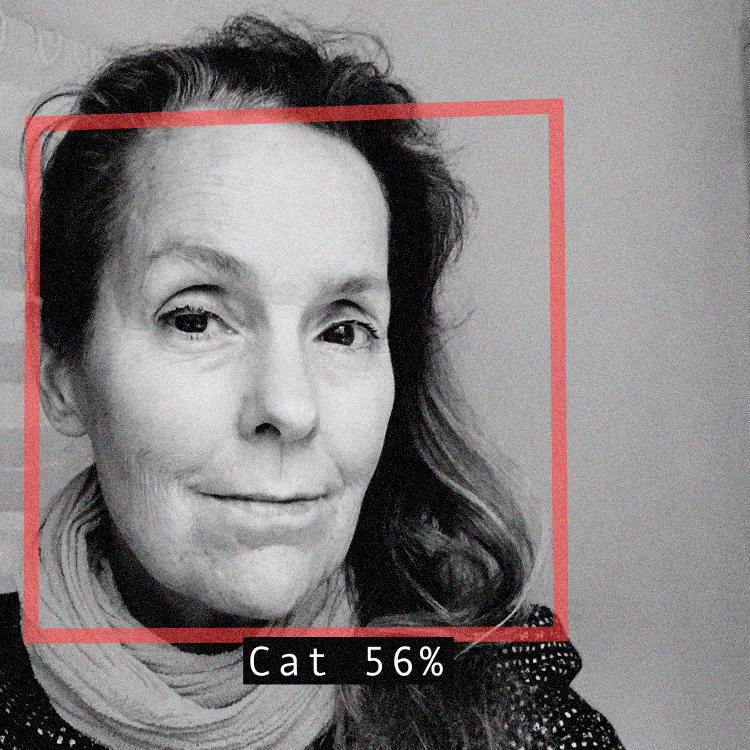
Who is Heleen Janssen?
Heleen Janssen is a researcher at the Institute for Information Law. As a lawyer, she worked for the Ministry of the Interior on issues such as the emergence of new technology, the impact of algorithms on fundamental rights and the modernization of legislation on these subjects.
A climate agreement for the smart city
Without internet, there can be no smart city. The more we are connected to each other, the more we can do. ‘Now that all of society is connecting with each other, the internet has gone from a superhighway with a clear starting and ending point, to the cloud, to a sort of nebulous fog where no one is really responsible anymore,’ says Niels ten Oever, a researcher at the UvA’s Department of Media Studies. ‘Compare it to the climate problem: we have a collective agreement for this, and something similar should be created for smart applications as well.’
Joint approach
Ten Oever organised guided tours of the Bijlmer Arena area in Amsterdam, where experiments are being conducted with dashboards that show how busy it is in different places at different times. ‘I wanted to make people aware of the data streams running through the city, and how they are a part of that. They typically don’t see themselves as technical people, but the last thing they see at night and in the morning is their phone. Data resulting from the movement of people is too often viewed as something that has nothing to do with the lives of those people themselves. That awareness will become increasingly important in the years ahead. We need a joint approach for this.’
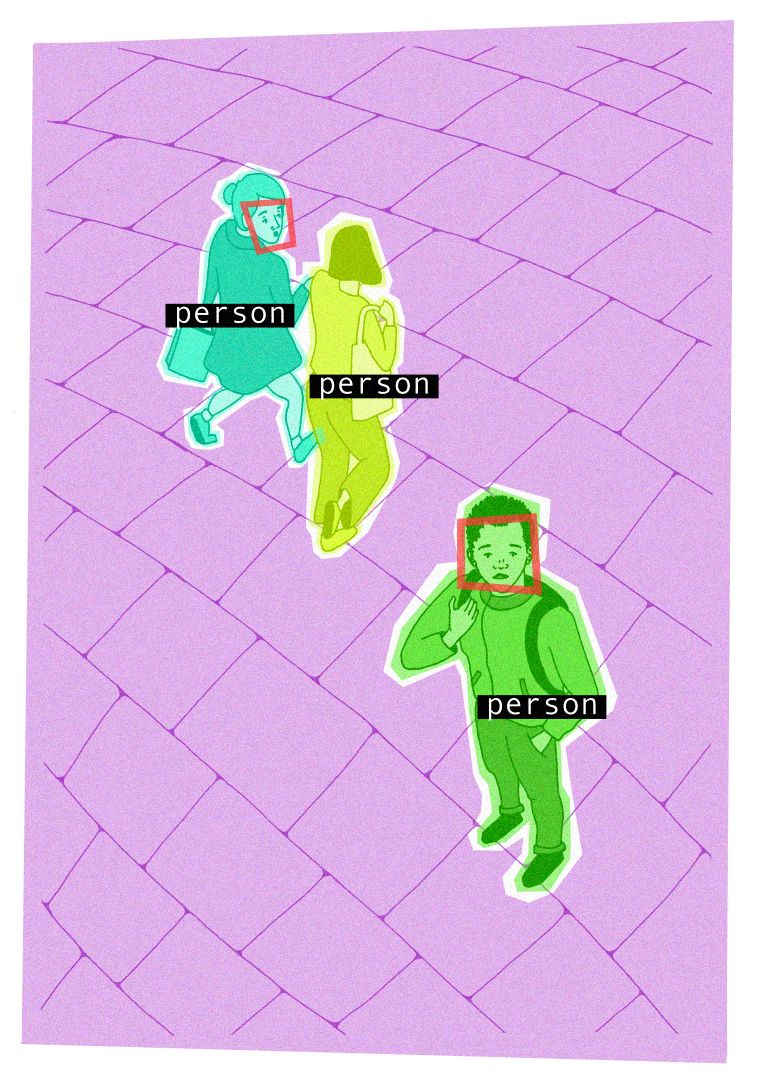
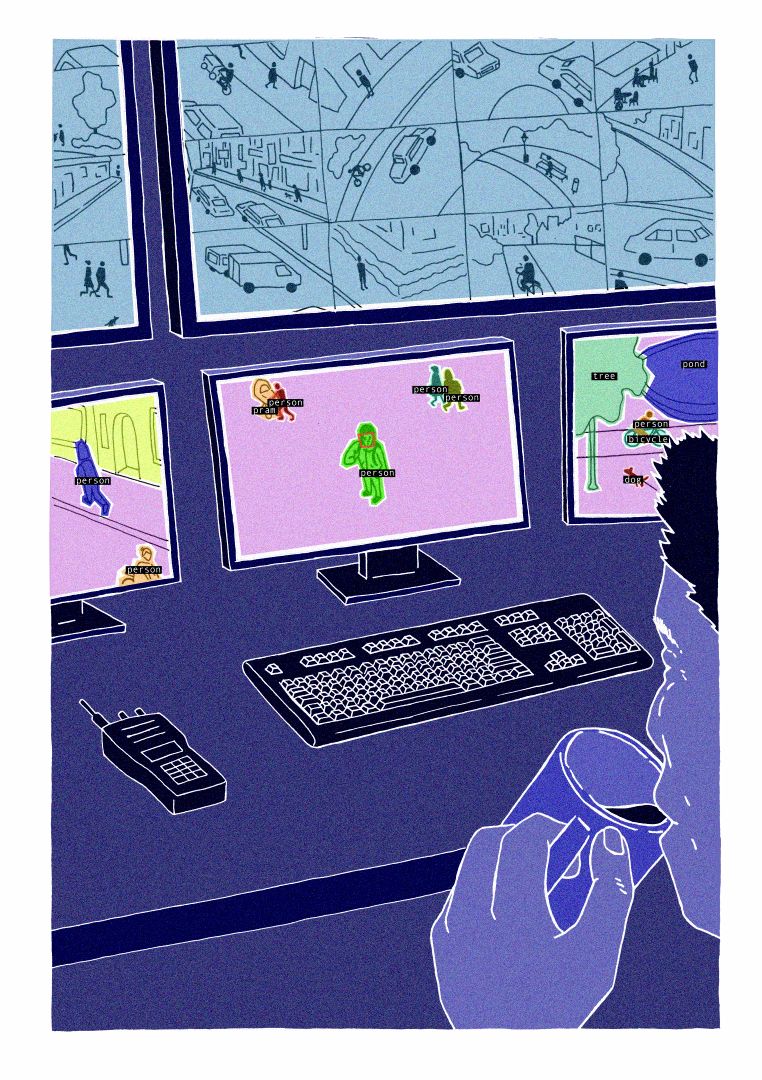
Moving forward safely
The story of smart cities and the requisite technology is still unfolding. Cameras need a lot more practice with behavioural recognition, including outside a controlled environment. Scaling up these technologies will therefore require large-scale experiments that take into account issues surrounding privacy.
Deep fakes
There are (temporary) solutions. For example, Cees Snoek is training facial recognition technology by using deep fakes: faces composed by a computer from millions of individual pictures. ‘In doing so, we’ve demonstrated that you don’t need images of real people to train AI in facial recognition,’ Snoek says.
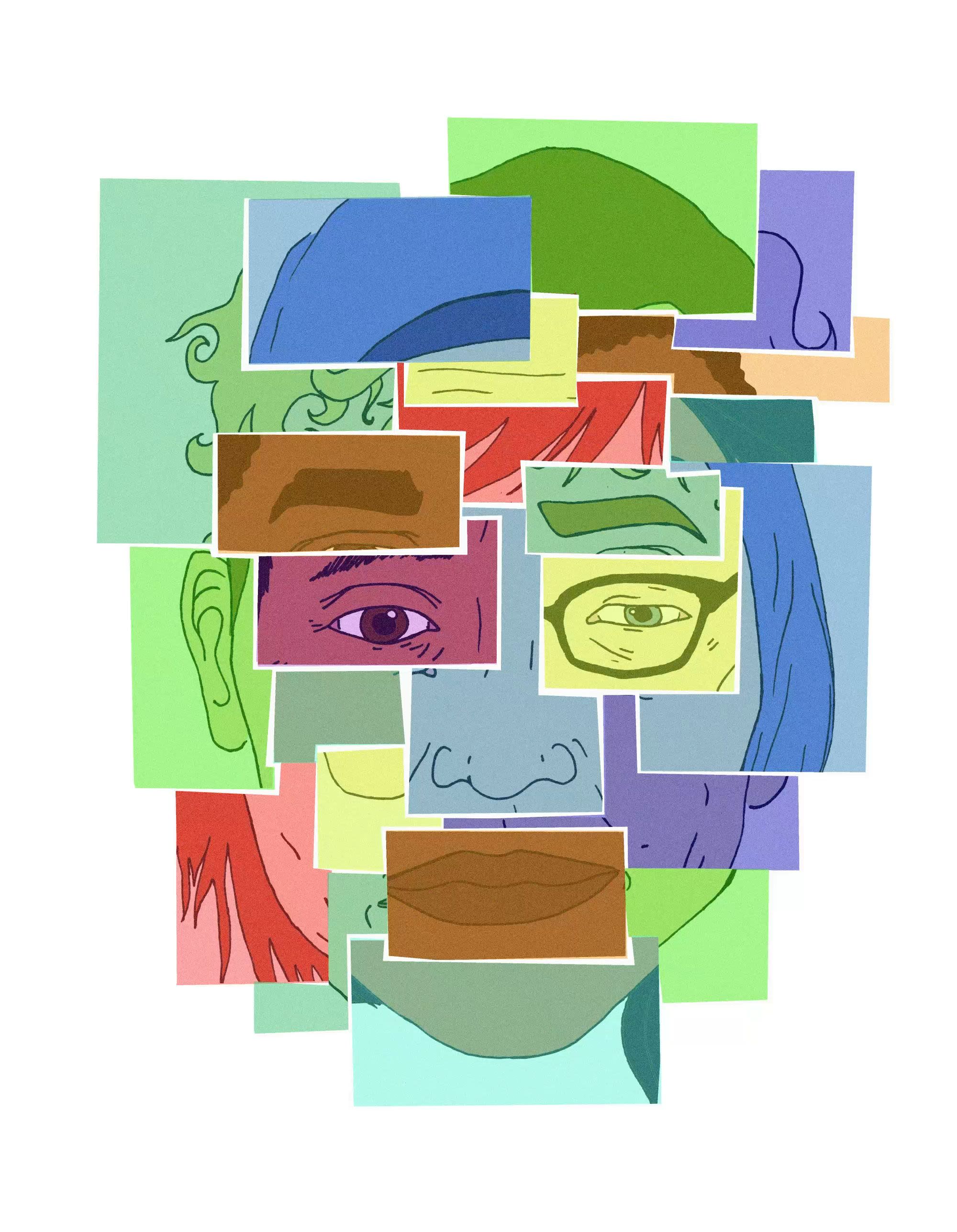
Living Labs
But for true progress, according to Snoek, larger sources are needed outside of controlled environments, in areas where large numbers of people can perform large numbers of different actions: so-called Living Labs. ‘These allow us to really explore AI’s potential for society in all kinds of sectors, from education to healthcare.’
According to Heleen Janssen and Niels ten Oever, the social impact of AI should therefore guide decisions on the development and application of technology. Janssen: ‘In a quest for efficiency we often turn to technology, but efficiency shouldn’t always be the only goal.’ Ten Oever: ‘A smart city isn’t necessarily one that’s full of technology, but one that uses technology to achieve the best for its inhabitants.’

Graphic designer Marleen Wienk made the illustrations behind this story
'When I started working on the impact story 'AI and the smart city', I was stimulated by camera images of traffic in Amsterdam. In it, you could see how people and objects were distinguished from each other by AI with labels like 'person' or 'bicycle'. I replicated that idea in the illustrations by working with roughly cut-out colour areas, a kind of tinkered version of AI.
Using playful lines and a cheerful colour palette, I wanted to make a loaded subject a bit more accessible. At the same time, I wanted to use a few illustrations to reflect on how we relate to these kinds of new technological possibilities. Are we aware of the information trail we leave behind? How is that information interpreted, how do the advantages weigh up against the disadvantages and do we actually want this?'
